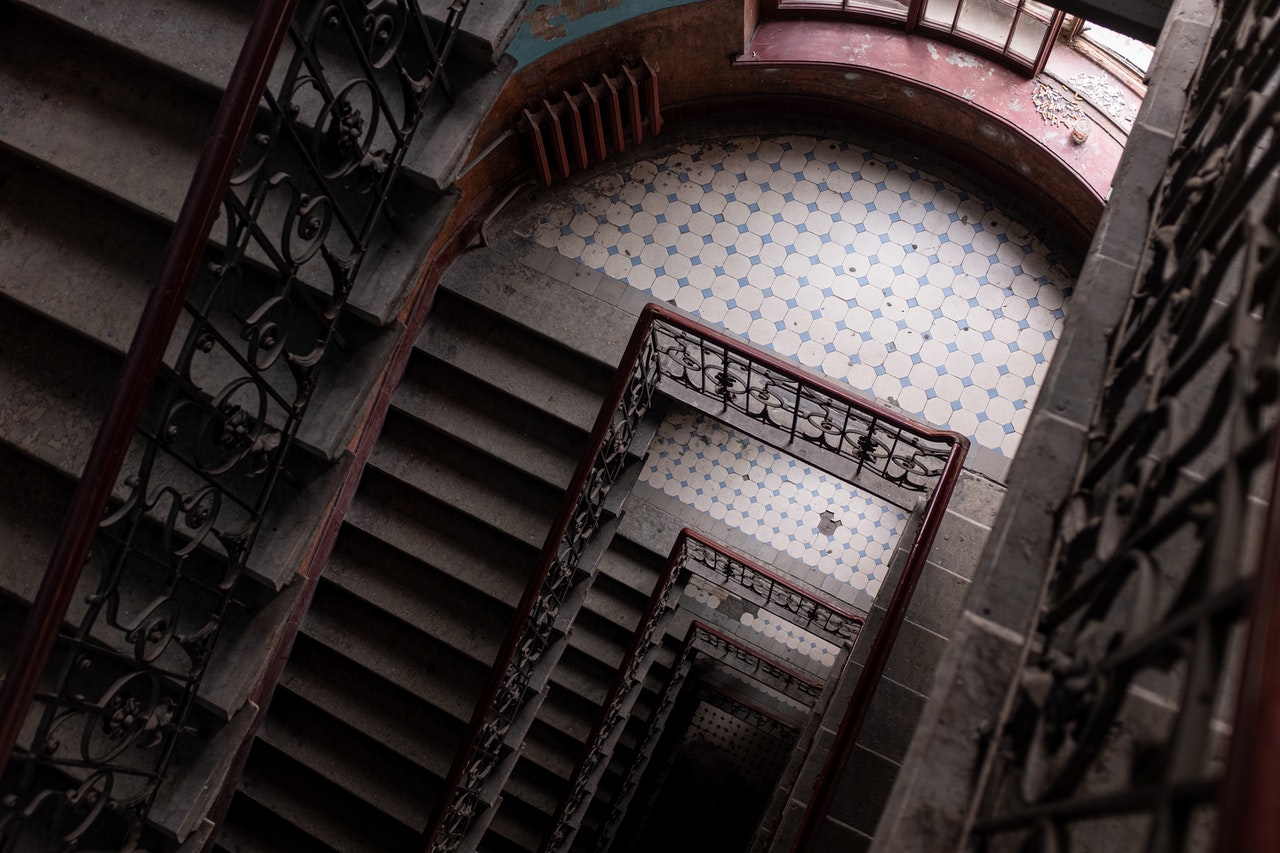Question: My parents have lived in their house for 48 years. The house is about 54 years old. They have always used good-quality paint. About three years ago the ceiling began to peel. When a representative from the paint company came to inspect the situation he said it was the plaster on the ceiling and not the paint. They have delayed painting because the ceilings continue to peel. What might be the cause and what do you suggest they do? Seems like too long a time for this to happen.
Answer: Moisture is a likely cause, high humidity in the house, inadequate ventilation after insulating, a leaky pipe in the shower, clogged dryer vent – just about anything – might cause the plaster to be damp and make it difficult for the paint to adhere to the surface.
Much of what I see on the Internet about peeling paint on plaster ceilings has to do with much older houses that have several coats of paint including the be-very-careful-with lead-based stuff.
I’m almost sure it is a moisture issue, because that’s what I have found over the years with my own older houses, much older than your parents’ place. Until you solve it, you won’t be able to repaint successfully, and then you’ll need to prep very carefully and thoroughly before you do.
I asked Deborah Zimmer and the Paint Quality Institute about what makes paint fail. The clues, she said, can be found in the way your paint is failing.
“The evidence is right there, you just need to know how to interpret it,” she said.
If your exterior paint is peeling, the culprit is probably moisture. Peeling occurs when wet wood swells underneath the paint, causing the paint film to loosen, crack, and ultimately peel.
Water can reach the wood through un-caulked joints or a leaky roof. Another possibility: water being forced underneath the roofing shingles because of clogged rain gutters.
Bubbles or blisters in your paint can eventually lead to peeling, so they can’t be ignored. This problem can usually be traced to either heat or moisture. If your house was originally painted on a very hot day in direct sunshine, for example, blistering can result, especially if a dark-color paint was applied.
Sometimes, moisture is to blame. Excess moisture from within the home can build up behind the paint and cause blisters (this is less likely with latex paint, which is vapor permeable); rain or heavy dew can also produce blisters if the surface preparation wasn’t done properly or if low-quality latex paint was used.

No responses yet